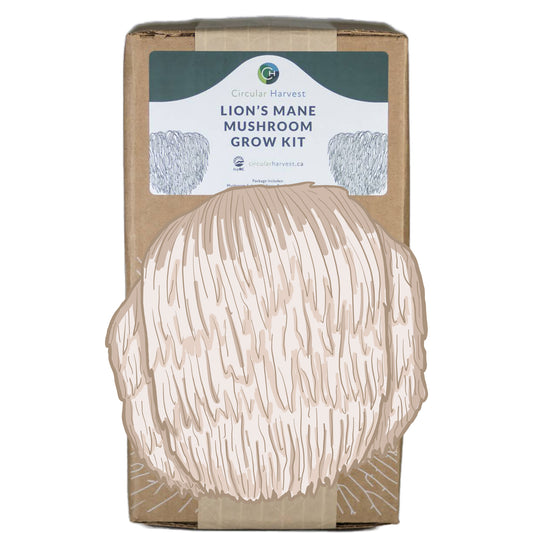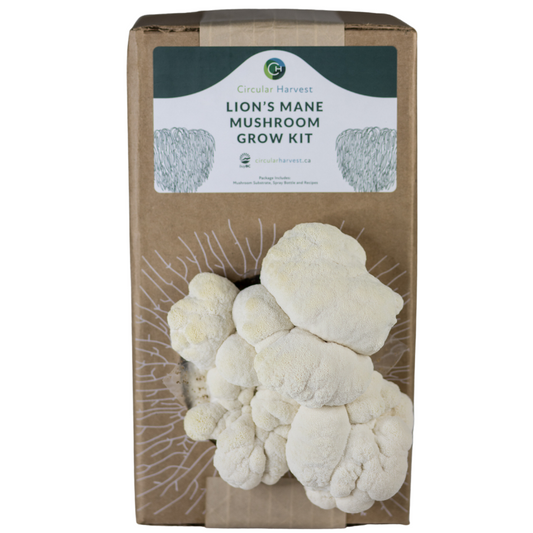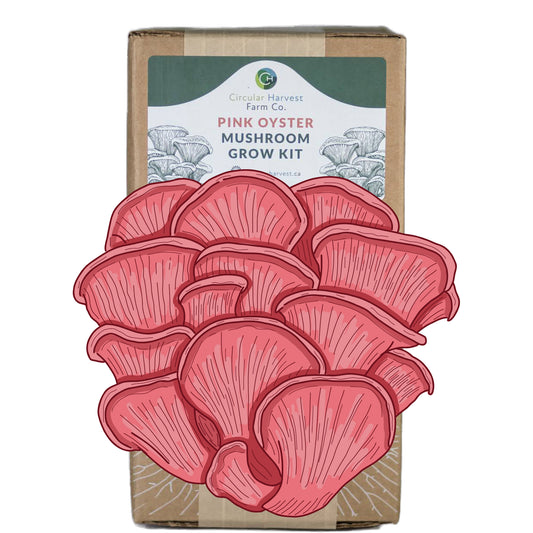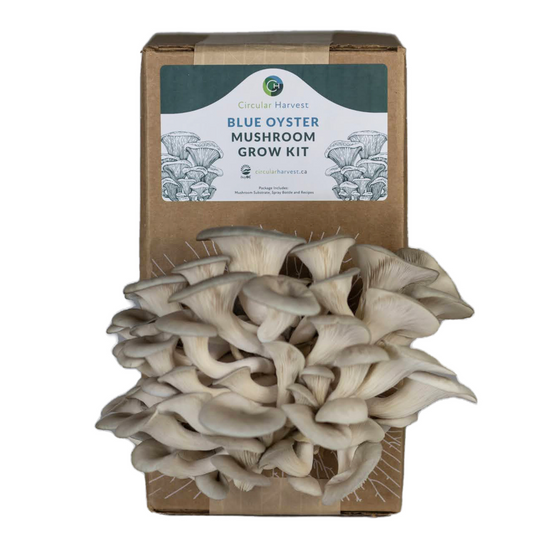The Mushroom Lifecycle
Fungi are a diverse group of organisms that play vital roles in ecosystems, serving as decomposers, symbiotic partners, and even sources of food and medicine for humans.

Spore Germination: The mushroom lifecycle begins with the germination of spores. These spores are tiny reproductive cells released from the mature gills or pores of a mushroom. When conditions are favorable, spores land on suitable substrates, such as decaying organic matter or soil.

Hyphae Development: Upon landing on a suitable substrate, the spores germinate and produce thread-like structures called hyphae. Hyphae extend and branch out, forming a network known as mycelium. Mycelium acts as the vegetative part of the fungus and serves as a nutrient-absorbing network.

Mycelium Growth: The mycelium continues to grow, branching and spreading through the substrate. As it expands, it secretes enzymes that break down organic matter, allowing the mycelium to absorb nutrients for growth.
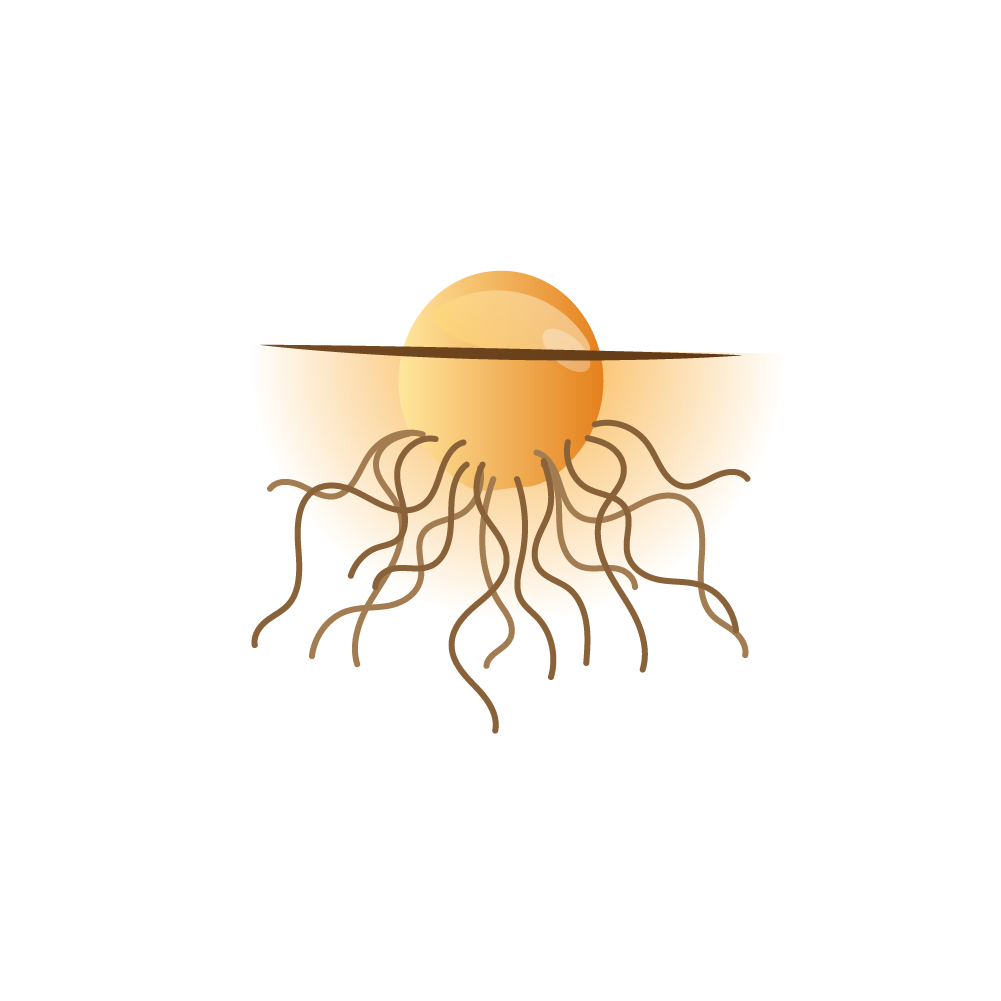
Mycelium Growth: The mycelium continues to grow, branching and spreading through the substrate. As it expands, it secretes enzymes that break down organic matter, allowing the mycelium to absorb nutrients for growth.
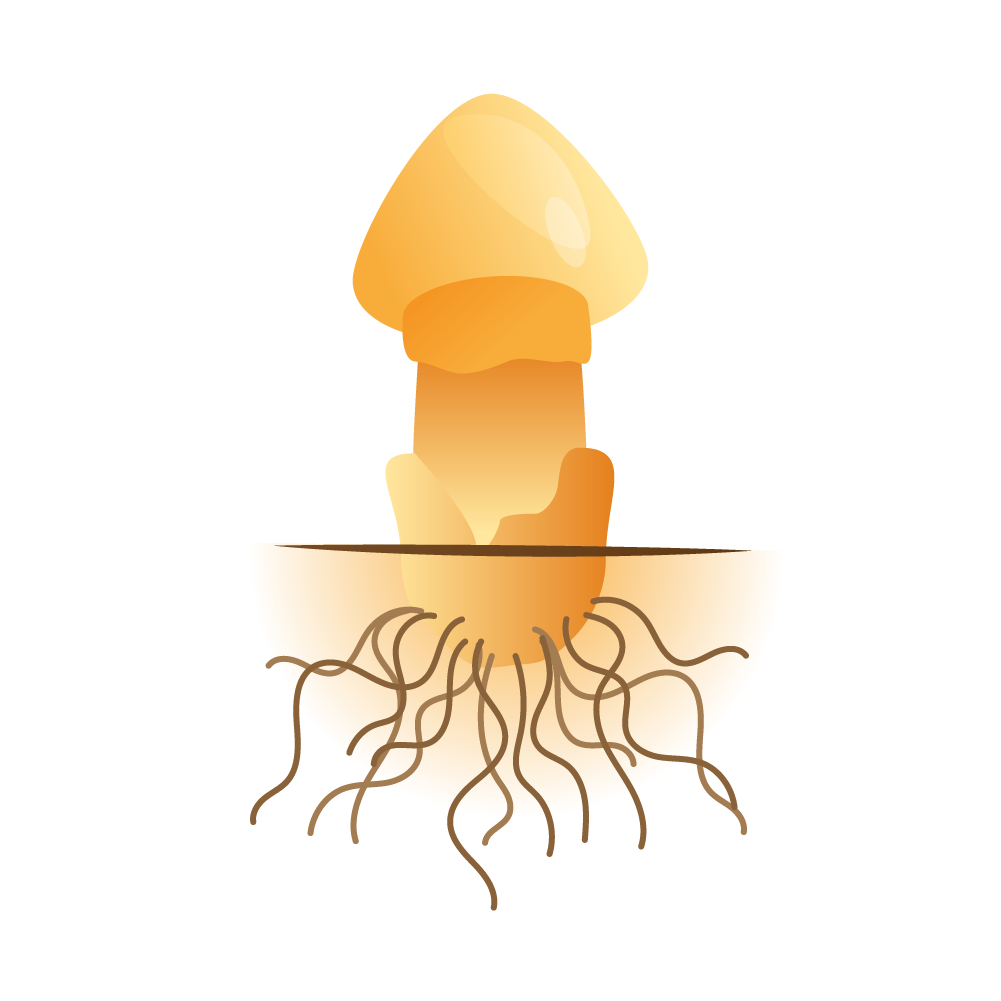
Fruiting Body Development: The primordia mature and develop into fully-formed mushrooms. The mushroom consists of a stalk (known as the stipe), a cap (or pileus) at the top of the stalk, and often gills or pores on the underside of the cap. The cap expands and the stalk elongates during this stage.

Spore Release: As the mushroom matures, it develops structures for spore production. In gilled mushrooms, spores are produced on the gills beneath the cap. In pore-bearing mushrooms, the spores develop in small openings on the underside of the cap. When mature, the mushroom releases millions of spores into the surrounding environment, typically aided by wind or other external factors.
Experience the cycle for yourself!
-
Lion's Mane Mushroom Grow Kit
Regular price $29.95 CADRegular priceUnit price / per -
Pink Oyster Mushroom Grow Kit
Regular price $29.95 CADRegular priceUnit price / per -
Blue Oyster Mushroom Grow Kit
Regular price $29.95 CADRegular priceUnit price / per -
Chestnut Mushroom Grow Kit
Regular price $29.95 CADRegular priceUnit price / per

